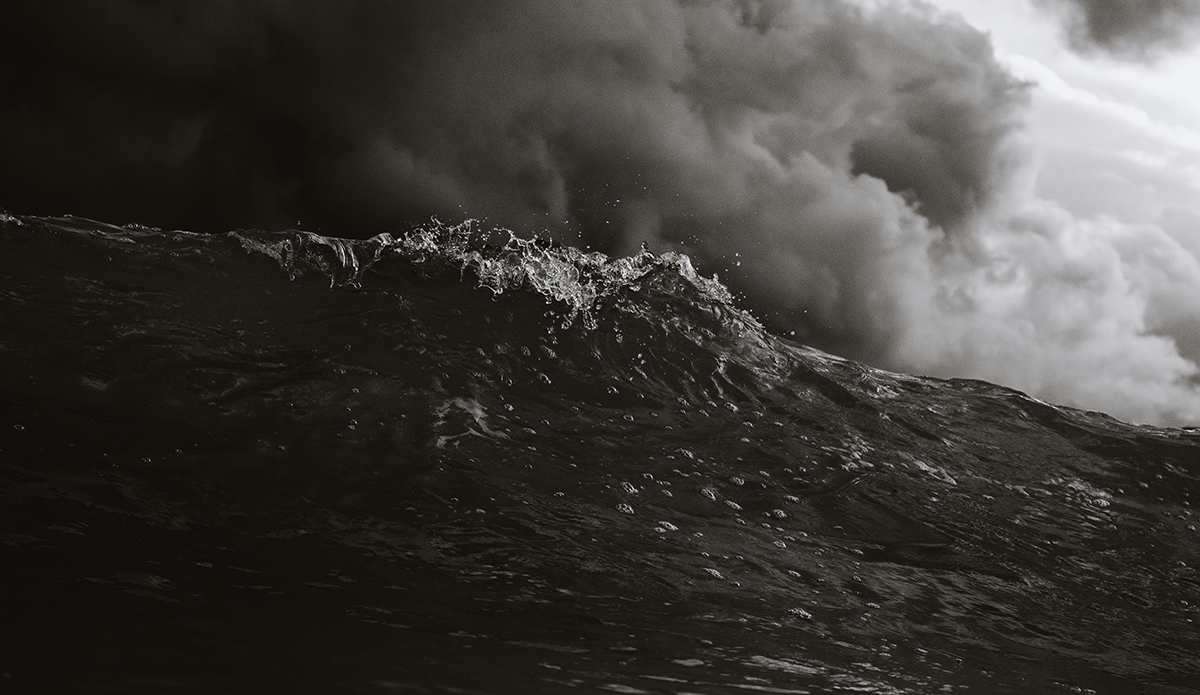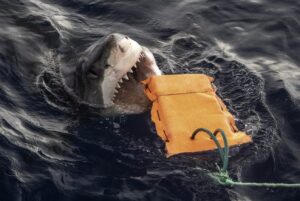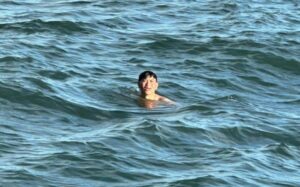BY COOPER GEGAN
Rogue waves were once thought to be the stuff of sailing legend, but they are all too real. Defined as a wave that is more than twice the height of the average waves around them, the massive, unpredictable beasts are not only dangerous but also more common than previously believed. However, a new tool is being developed to give sailors enough time to do something about it.
The tool was created by Balakumar Balachandran and Thomas Breunung, two researchers in the University of Maryland’s (UMD) Department of Mechanical Engineering. In a study published in Scientific Reports, the pair described how they trained a neural network to identify ocean waves that precede rogue waves.
This was done by feeding the network a dataset consisting of 14 million, 30-minute-long samples of sea surface elevation measurements from 172 buoys located near the shores of the continental U.S. and Pacific Islands.
The tool correctly predicted 73 percent of rogue waves five minutes before they happened. That sort of advanced warning could give sailors and workers on offshore structures valuable time to seek shelter, perform emergency shutdowns or evacuate crew.
To confirm their findings, the system was further tested with data from buoys not included in the original dataset. When the tool was still able to predict rogue waves with the new data, the researchers knew they were on to something.
“That told us that whatever relationship we came up with was fairly universal,” explained Balachandran.
Still misses one wave in four
Though the tool is not perfect (the network still misses one out of four waves), Breunung and Balukumar hope to further improve the system by incorporating physical quantities such as water depths, wind speeds, and buoy locations.
“While the success rates of our approach are encouraging, the neural network allows us to draw only limited conclusions about the fundamental physics of rogue wave events,” said Breunung in a UMD press release.
They also believe the significance of their findings could extend beyond just rogue waves.
“Rogue waves are one type of extreme event,” added Balachandran. “Our data-driven approach could be useful for understanding and predicting other extreme events associated with, for example, climate change.”
The original version of this story first appeared on The Inertia.






